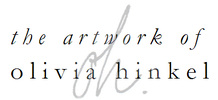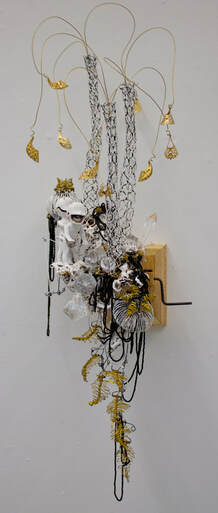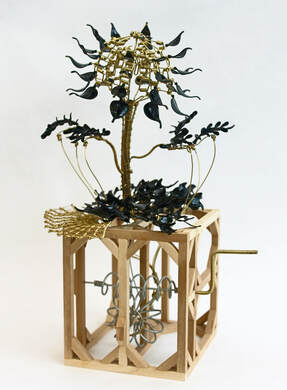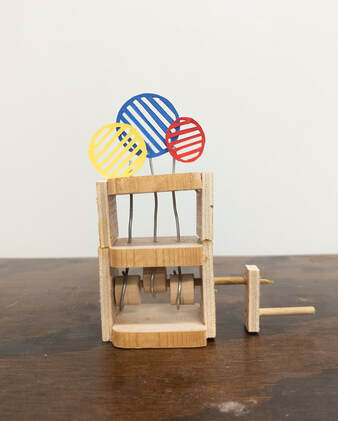|
Fewer, Better Things I believe that the idea of “material intelligence” that Glenn Adamson writes about in this introduction speaks to the heart of one of the things I want to achieve this semester: Simply, an understanding of and comfort with tools and materials. I believe that my motivation is slightly different from the benefits he outlines. I am mostly motivated by the desire to remove limitations from my artwork. However, I am hopeful that a happy side effect could be in the “shared sense of humanity” he writes about, the opportunity for human empathy within objects. I certainly experience the “shared sense of humanity” he speaks about from things themselves. In the way discussed on Radiolab, I often imagine a person in the history of an object sharing an action or a space with myself. I can only imagine that I will experience similar kindred with different kinds of makers as my skills and understanding of a medium increase. However, I don’t necessarily agree with his assertion that the more items you have, the less those items are able to be special. Perhaps this is true for certain personalities. I know that I form deep, unreasonably emotional connections to my belongings. I can tell you when, from who, and why I received almost everything I own. I would liken it to hoarding, but it’s more a hoarding of memories than of trash (though some of the memories are manifest in trash). I was particularly struck by the section of the reading about the picture of Pepper. I do believe the intention of an object is meaningful to the desire to possess it. Sometimes the intention of an object is overruled by the meaning of the object; for example, a book you may know you will never read, but you keep it because it was your grandfather’s, etc. In this instance, the intention of the book is to tell a story, but your intention in owning the book is in retaining a connection to your family. I have never thrown away an item that could enrich or broaden any connection that I was cognizant of. In this way, I suppose I am an advocate for “more better things.” Artist Research: Casey Curran Bio Curran grew up surrounded by two notable circumstances that seem to be directly tied to his work: Wild and stray animals were ever-present on his family’s property and the home his family lived in was a perpetual work-in-progress. He seems to have become acquainted with the biological truths at a young age by way of becoming familiar with so many animals. He has attributed his “fascination with structure, order and motion” to his “changing and exposed but stable” home life. Why Curran? I was looking for artists who created kinetic artwork when I found Casey’s work. While watching a video of it, I had a visceral reaction. My eyes actually began watering, I was so overwhelmed. The first experience of viewing his work (secondhand!) was honestly magical. This is ironic, since he has said that part of what he seeks to do by leaving the mechanical workings of his pieces exposed is to remove the magic from the work. I decided to continue researching him because of the combination of the visual impact his pieces had on me combined with his use of a method I am interested in. Connections Thematically, Casey’s work is very different from what I am interested in. The only thematic similarity I can find is that we both have an interest in cycles, however, he is interested in biological cycles while I am invested in psychological cycles. I believe our similarities are more to be found in execution—his tedious wire formations and repetitive cube structures speak to the part of me that creates the tiny cut textures in my pieces. More importantly to me, as it is a quality I only recently became conscious of placing value in for my work, there is an accessibility in his pieces that I very much admire. First, mental accessibility in exposing the functional parts of his pieces and exposing the “magic.” Second, a physical accessibility in inviting the audience to be a part of the work. The mental accessibility is something I believe my work has begun to possess by the way the paper interacts with viewing distance—from far away, it could be a painting or a print, but once you get up close, you realize it is only cut paper glued together, a very straight-forward method that anyone can image or relate to. However, I lack a physical accessibility, and that’s something I am going to seek to work with. Progress Update
0 Comments
Leave a Reply. |
AuthorOlivia Hinkel, Archives
October 2020
Categories |




 RSS Feed
RSS Feed
